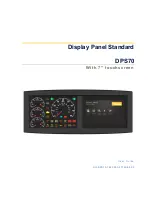
ZENN
iO
AVANCE Y TECNOLOGÍA
vwww.zennio.com
6
6
Note I:
It is
very important
to keep in mind that no ordinary power supplies (230 V) or other
external supplies should be connected to either point of the KNX bus, nor directly to the terminal
block from KES.
Note II:
KES Energy Saver does only measure the energy consumed by
sinusoidal
alternating
current (AC)
lines.
In order to obtain more detailed information about KES technical features, as well as on security
and installation procedures, please read the KES
Datasheet
, included with the original packaging of
the device and also available at
:
2. CONFIGURATION
2.1. ACTIVE POWER
KES Energy Saver calculates the value of the active power consumed by the device whose
phase line passes through the ZN1AC-CST60 probe, connected to one of the KES channels. This
active power is obtained from the
effective intensity
measured by the probe according to the
following relation:
·cos
·
ef
ef
act
I
V
P
where
ef
V
is the effective voltage of the line and
cos
is the power factor. Both values must be
defined by parameter. The value of the effective intensity,
ef
I
, is obtained, as indicated above, once
the measuring probe is located around the electric line, and after the outputs of the probe are
plugged into one of KES input channels.
The measuring probe, and consequently KES, is able to measure effective intensities in the range
[0-60 A].
In addition to measuring instant active power, KES can also monitor the highest detected power, so
that
power peaks
can be calculated per hour, day, week and month, which may be interesting for
history managing purposes.







































